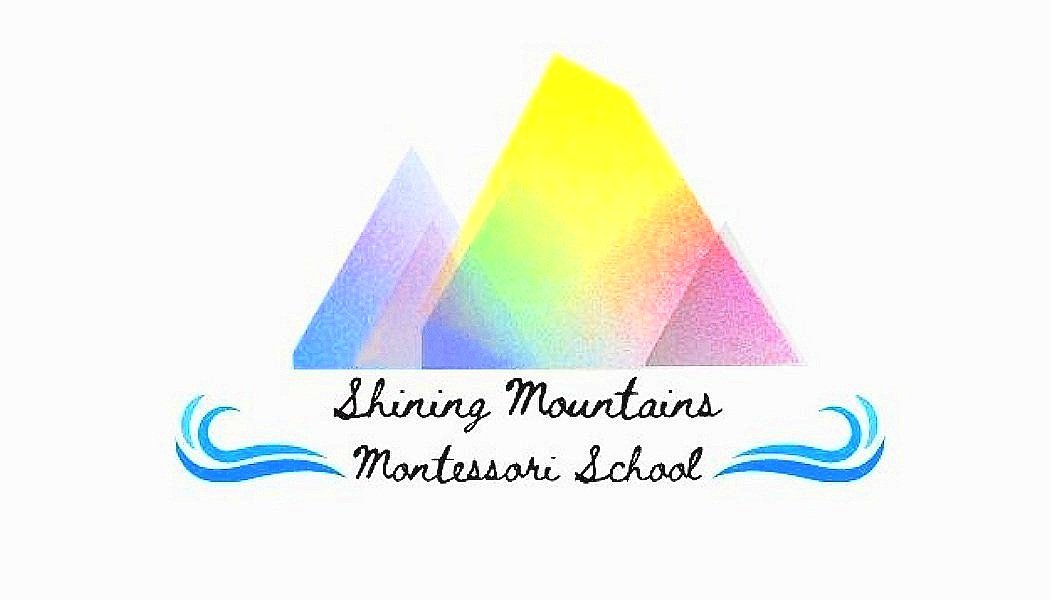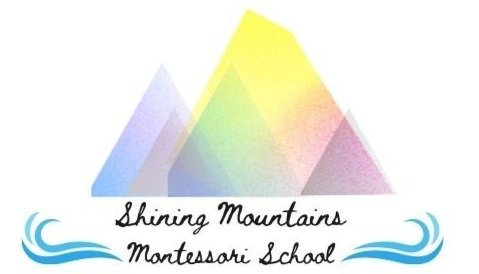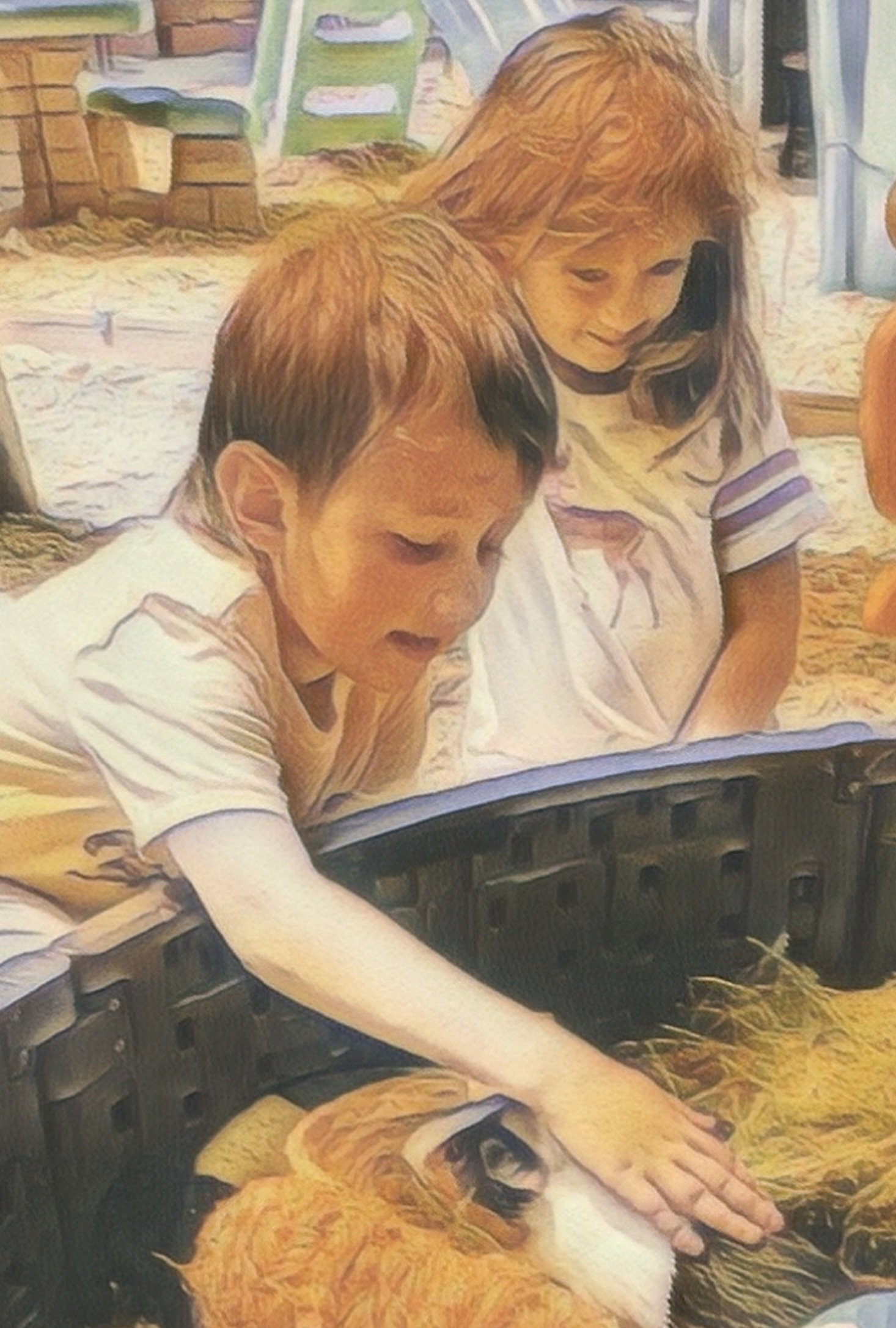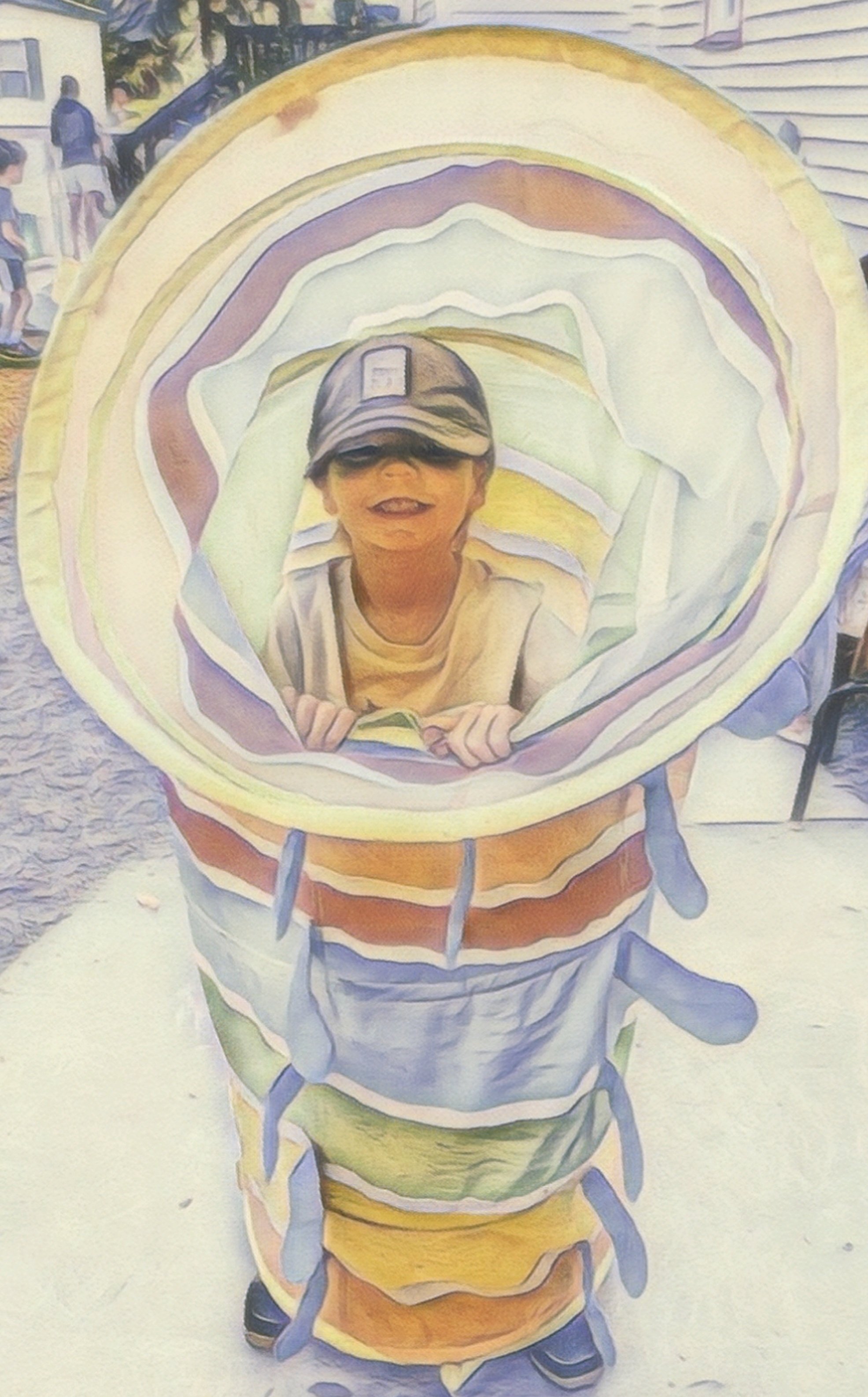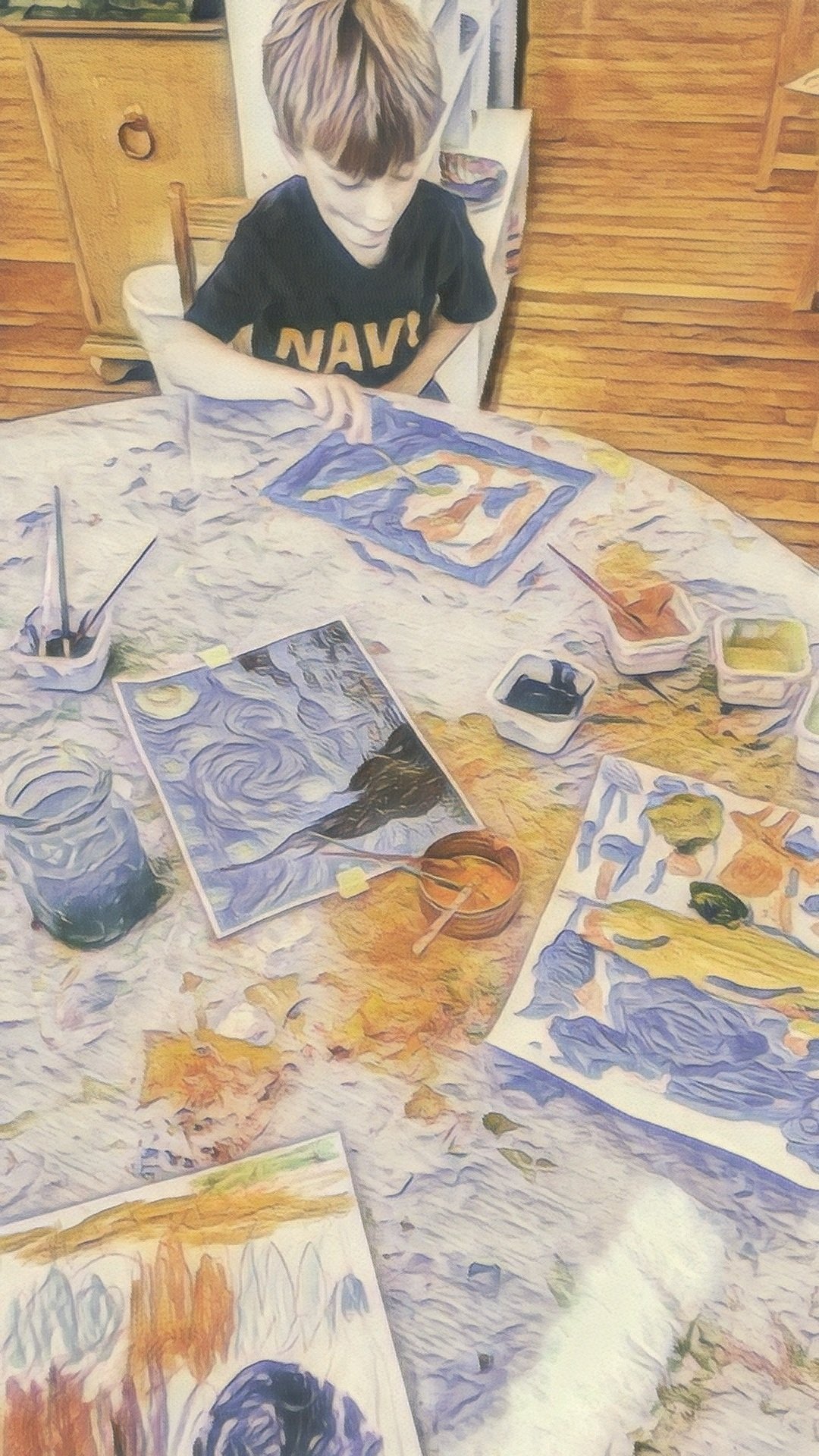Shining Mountains Montessori School (SMMS) is excited to offer families a traditional Montessori Primary classroom, known as The Children’s House, in Buena Vista, Colorado.
Capturing Ordinary Days
-
Our Children’s House provides 2.5 - 6-year-old children with the opportunity to develop their sense of order, concentration, coordination, and independence peacefully. A gymnasium for the mind, a Children’s House consists of well-defined areas that allow children freedom of movement and choice during a three-hour work cycle. This living environment is equipped with carefully designed, hands-on Montessori materials attractive to minds seeking a concrete understanding of the world. Practical life activities teach children to care for themselves, others, and their environment. Children use manipulatives in the Sensorial area to develop and refine their senses. Individual and group lessons in Language, Math, Science, and Culture initiate each child’s instinctual curiosity.
A 2.5 - 6 Montessori learning environment is designed to direct fluctuating physical and emotional energies while guiding children’s social interactions. Children are empowered in their decision-making skills as individuals and as a micro-community. Through careful observation, adults guide children by offering individual lessons tailored to their unique needs and abilities. Children depart the program prepared to excel in any learning environment!
-
Space, time, resources, and content are balanced throughout all age levels, on each child’s readiness and aptitude for feeling successful. Our 2.5 - 6-year-old grouping encourages children to choose to work at their level, achieving both learners- and leadership skills by asking for help or joyfully helping others.
Our teachers, or Guides, give individual or group lessons on curriculum materials, social and emotional niceties, and self-awareness. Standard Montessori curriculum materials stay in the classroom throughout the school year. Some decor, science and art activities, music, and practical life works change seasonally.
Below is an outline of our Children’s House curriculum areas.
Peace Education/Grace and Courtesy lessons are the foundation of any Montessori environment. Maria Montessori asserted that education was the first line of hope through which world peace would spread. If children were allowed to develop according to their inner guides, Montessori believed their tendency would exhibit joy, understanding, and acceptance and lead to a more peaceful society. Classrooms are microcosms of the larger world; lessons children learn at SMMS will serve them well throughout the rest of their lives. These include listening, respectful communication, celebrating differences, kindness, understanding, forgiveness, self-control, self-awareness, asking for help without shame, helping others without expectations, and exhibiting genuine care for self and others…we could go on!
Practical Life for the 2.5 - 6-year-old child includes preparatory activities such as dishwashing, scrubbing, pouring, and learning to zipping/button/snap. This enables the child to develop concentration and independence. The child learns to care for themselves and the physical environment through exercises that indirectly enhance fine- and gross-motor skills, "crossing the midline" and training the eyes to move left to right, up and down.
Sensorial activities heighten sensitivity and provide a base for later experiences in Math and Language. Through the use of structured activities, the qualities of objects are remembered. Hands-on experiences lead the young child’s mind to form concepts that lead to Reading and Math.
Language curriculums - Montessori and our Waseca Reading offerings - broaden a child’s natural and imaginary experiences, expanding a child’s vocabulary and definition of words. The child is prepared for Writing, recognizing sounds vs. just letters, blending sounds in a specific sequence, and using a Moveable Alphabet to write words, sentences, and short stories. SMMS will also offer basic Spanish, French, and German lessons throughout the school year, enticing children to appreciate Language connections and exposing them to other cultures’ verbal and written communication.
Math concepts and materials are encouraged to be used by children throughout the day. Number concepts are presented and applied through hands-on lessons/works and the Language of Math (more, less, greater than, etc.). Math begins with concrete concepts and transitions into more abstract ideas and computations.
Our Geography curriculum brings an accurate awareness of the world by exploring maps, landforms, and items from other cultures, including stories, photographs, instruments, and souvenirs. These are supplemented by non-fiction and fiction books, basic language exploration of featured countries, and dress-up items for children to explore. Children strive to belong to their immediate communities at this age and simultaneously become part of a more prominent, global family in their home environment.
Science lessons are sprinkled throughout the everyday experience in the Children’s House. Natural materials adorn all parts of the classroom for discovery and vocabulary building. Classification of living and non-living items, plants, animals, life cycles, magnetism, chemical interactions, and other topics are learned through fascinating materials and experimentation. A prior understanding of the natural world garners a natural curiosity, interconnectedness, and sincere appreciation/care for all things living and not.
World Languages are introduced throughout the school year. SMMS will offer basic Spanish, French, and German lessons and songs, stories, and simple conversations. Community and family visitors with foreign language skills and heritages are invited to share their aptitudes and culture.
Art lessons, works, and experimentations are designed to initiate an appreciation for the grandeur and simplicity of creating within each child. Free drawing, painting, watercolor, stenciling, clay design, gluing, etc., are available year-round. SMMS will host local artists and craftspeople, showcasing their method of expression and inviting children to experiment. World and classical art will also be introduced.
Music is introduced in joyful varieties of lessons and materials. Children sing, play rhythm instruments, and listen to different genres of music throughout the year. These musical offerings are seasonal, themed, or inspired by experiences in the Children’s House community. Both timely and sporadic dancing is always welcomed at SMMS :).
Perceptual Motor Development is learning to control one’s body. This gives a strong sense of mastery and builds future physical skills for athletic ventures. Through fine- and gross motor activities, each child practices hand/eye, hand/foot, and eye/foot coordination. Children are encouraged to stretch their capabilities, learn boundaries of self and others, and gain a sense of strength, balance, control, and grace.
Outdoor activities are structured and unstructured. The SMMS Children’s House will strive to play, revel, and explore our beautiful, natural surroundings in the fresh air as much as possible. This includes our playground, “Noticing Walks,” for seasonal studies, journeys to the larger playgrounds at Columbine and McPhelemy park, and the water features of Town Pond and Cottonwood Creek.
-
Before Care: 7:30 - 8:00 am.
Arrival: 8:00 - 8:30 am
(Weather permitting, children have the supervised option to begin their day on the playground or indoors.)
Morning Work until 11 am.
Lunch: 11.10 - 11.40 am.
Outside Time: 11.45 am - 12.50 pm.
Afternoon Work/Rest: 1:00 - 3 pm*.
Dismissal: 3 - 3:30 pm.
After Care: 3:30 - 5:30 pm.
*2.5-4 year olds rest and/or have quiet time while older children begin afternoon activities.
Montessori school options vary. Schools both stateside and internationally offer complete Infant - High School Montessori programs. Montessori schools are present worldwide with similar aims, curriculums, and materials.
The most consistent principle throughout is a fundamental respect for each child to guide them towards self-directed learning and peaceful independence. Yes!
